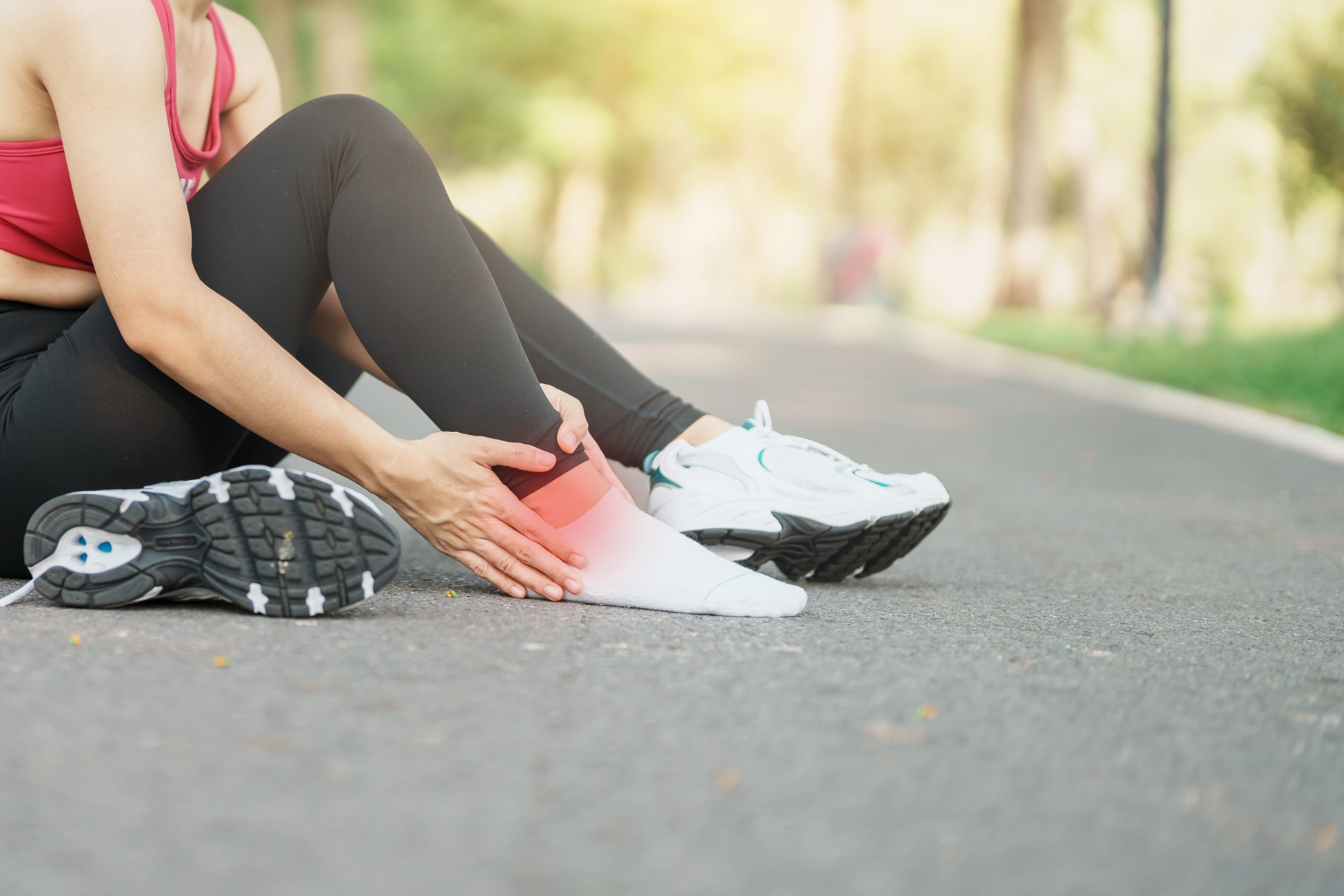What is Tendonitis?
Tendons are cord-like structures that link your muscles to bones. They play a crucial role in moving your body parts. Animals naturally have them too, helping with flexibility and movement.
When your tendons become irritated and inflamed, it’s called tendonitis. This happens because they are overused or stressed. If you catch tendonitis early, it’s easier to treat and reduce discomfort.
Recognizing the symptoms early is essential because tendonitis can interfere with daily activities. You don’t want to wait until it becomes a big problem! Understanding this inflammation in the tendons will help you manage it better.
Types of Tendonitis and Areas Affected
There are different kinds of tendonitis, such as Achilles tendonitis and patellar tendonitis. Achilles tendinitis cause is often stress from repeated activities, like running. Patellar tendonitis is common in people who jump or put stress on their knees repeatedly.
The most affected areas include shoulders, elbows, and the knee area. For instance, elbow tendonitis is common among tennis players, while pain below the kneecap often affects runners. Knowing the types and areas will help you understand what’s happening with your body.
Identifying Symptoms Early
Early symptoms might be small, but they matter! Look for signs like pain below the kneecap, swelling, and tenderness at the site of the inflammation. Early detection means you can start treatment sooner, making it more effective.
If you notice pain below the kneecap or swelling in an area, it’s time to act. These symptoms may seem like usual aches, but addressing them can prevent worsening.
Tendonitis can be confused with other issues, like arthritis or sprains. So, distinguishing between them is key. A proper diagnosis will get you the right treatment.
Understanding the Causes of Tendonitis
What could be the tendonitis causes? Let’s explore. Overusing muscles can lead to tendonitis. This is because the tendons become stressed with repetitive motions. Achilles tendinitis cause might be running too long or too often without proper rest or shoes.
Our lifestyles impact tendonitis occurrence. Sedentary activities like sitting at a desk contribute to weak tendons. Also, aging naturally wears down tendons, increasing susceptibility to tendonitis.
Pre-existing conditions like arthritis make tendonitis more likely, as do poor exercise techniques. Using faulty equipment is another risk. For instance, incorrect shoes can strain the Achilles tendon.
Diagnosis: When and How to Seek Help
Health professionals often diagnose tendonitis through physical exams. They check for tenderness and range of motion. Imaging tests like X-rays or MRIs may also be used.
If you have persistent pain below the kneecap or elsewhere, it’s time to visit a doctor. Early professional help prevents more damage.
Effective Treatments: Emphasizing Natural Solutions
You can do a lot at home! The RICE method is useful: Rest, Ice, Compress, and Elevate the inflamed area. Over-the-counter medications, like ibuprofen, help reduce tendonitis pain.
Sometimes, doctors may recommend corticosteroid injections for reducing inflammation. But let’s focus on natural methods. Gentle stretching and strengthening exercises can make tendons more robust.
Physical therapy is a great approach, serving as a more holistic option. Therapists customize exercises to your need, reducing stress on tendons knee or other areas.
There are also natural therapies such as acupuncture or massage, which you can try. These holistic methods aim to restore balance and reduce tension.
Preventive Measures and Lifestyle Changes
Prevent tendonitis by taking simple steps:
- Warm-up before engaging in any activity.
- Stretch your muscles to keep them flexible.
- Use proper equipment that fits well to mitigate risk.
- Gradually increase activity levels to avoid sudden stress on tendons.
Your choices keep tendons knee healthy. Also, eat a balanced diet and stay hydrated to maintain body strength and flexibility.
Adapting to Life with Tendonitis
Living with tendonitis? It’s manageable! Listen to your body and pace yourself. Adjust your activities to reduce strain on inflamed tendons.
Keep staying active. Just learn to adapt. It’s possible to keep doing what you love with little modifications to protect your body.
For expert diagnosis and treatment of tendonitis, visit Burhani Hospital and get the care you need for a faster recovery!



